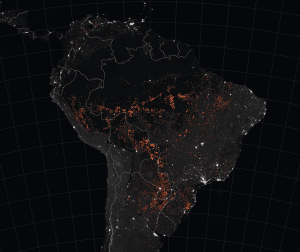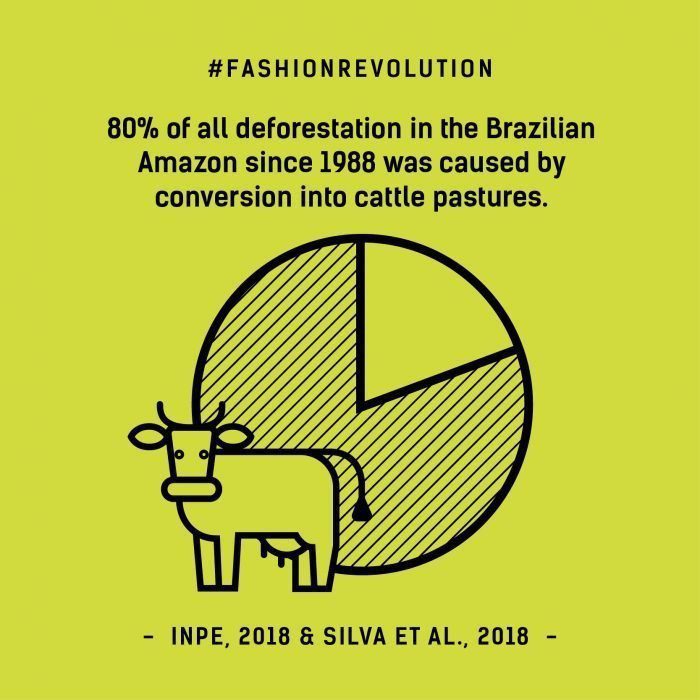
Dear eco-à-porter readers, welcome back. Sorry for the absence but we took advantage of the summer break to make some technical changes to the site and together take stock of this abundant year and a half spent with you.
There is no doubt, it was a very intense period in which eco-à-porter has earned a small space in the world of ethical fashion, so many brands, designers, companies and people discovered and / or following us that made us understand that the road is the right one and that we must go on like this.
So we start again and it is no coincidence that the reopening post is dedicated to the recent fires that devastated and are still devastating the Amazon, an environmental disaster of immense proportions that destroyed 1,698 square kilometers of vegetation, an area of 222% higher than the deforestation suffered in the same month of 2018, according to data from the National Space Research Institute (INPE) of Brazil. The same INPE declares to have detected, in the same area, more than 74,000 fires starting from January of this year, the highest number since 2010, so 2019 is the worst year of the last decade, even if between 2000 and 2005 fires were even greater.

Statistics and numbers aside, the Amazon burns and this is a tragic reality. And we want to talk about it because one of the causes is, again and again, the notorious fashion industry with its production of leather garments and accessories. Brazil is the second biggest exporter of beef, supplying 20% of the world’s beef, therefore also supplier of the same proportion of the world’s leather. This means that if a brand sources its leather from cattle reared in rainforest, it is directly responsible for this devastation.
The subject has been well covered in the Fashion Revolution‘s post and I would like to quote here some fundamental passages of the report that provides comprehensive data and explanations on a relation that is still unclear or even unknown to many.
For example many brands were implicated in sourcing their leather from cattle reared in rainforest affected by deforestation by a Greenpeace report Slaughtering the Amazon in 2009. While several brands rushed to distance themselves from the report, ten years on, there is little progress in terms of transparency on leather sourcing for shoes, handbags and leather goods.

A brief survey of a few luxury brands this week revealed no information whatsoever about the country of origin of leather used: ““Italian leather” simply means the leather was tanned and processed in Italy. The origins of the hides is obscure and the supply chains opaque, hiding a whole range of issues including the animal welfare”.
Only 5 per cent of brands investigated as part of the Fashion Transparency Index 2019 publish some of their raw material suppliers – most commonly cotton and wool. So in the near future we need a greater commitment, both from companies but also from governments, the first for greater transparency in the supply chain and the second for clearer and more decisive regulation.
What then, with regard to deforestation, is not only Brazil to be a victim but also Madagascar and Indonesia are suffering irreversible devastation.
And what can we do? Meanwhile, begin to inform us about brands that do not share information regarding the supply of leather, so we can be aware of our purchasing choices. And then keep in mind what Jocelyn Whipple, Content Manager of Fashion Revolution wrote: “I’ve also been thinking about the media frenzy and the reaction from the ‘luxury’ fashion industry to the Notre Dame fire, aren’t these the exact same brands who are profiting from the leather produced as a result of the devastation in the Amazon? Where are the millions in restoration funds now? Nothing about this is luxurious, everything about this is devastating.”
